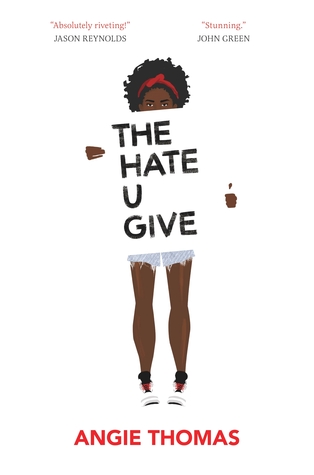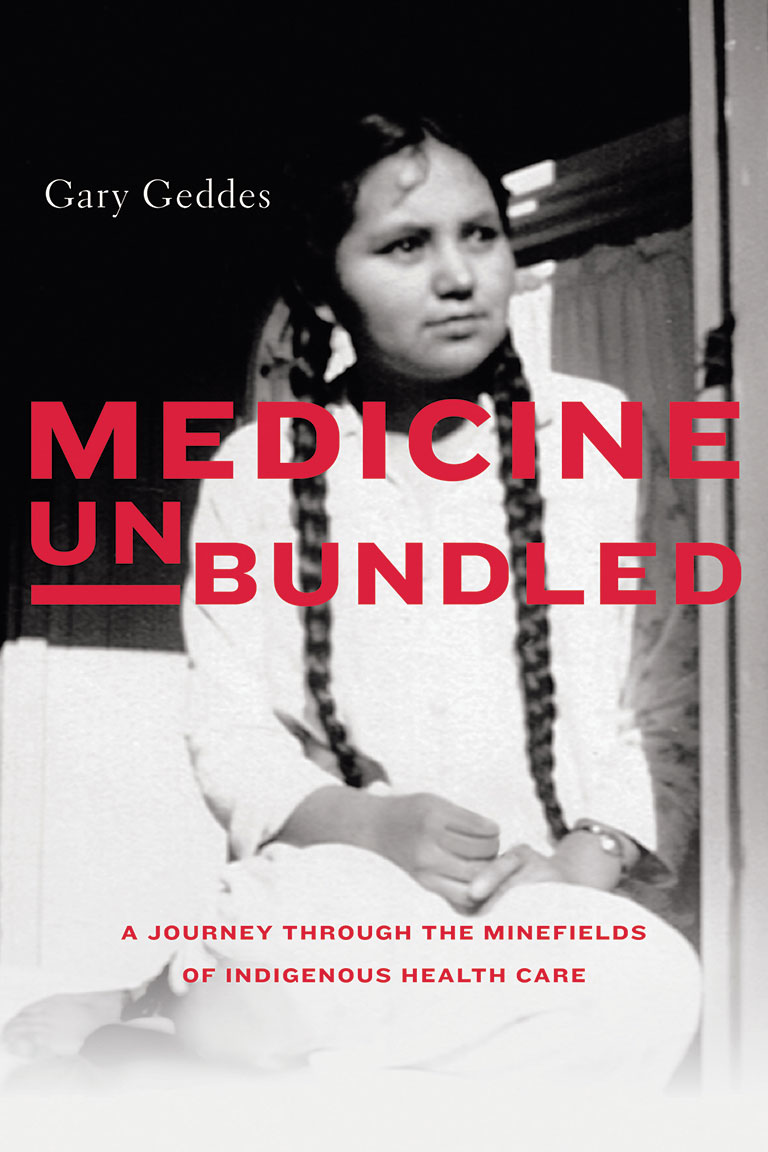LaGarrett J. King and Prentice T. Chandler describe anti-racism as “an active rejection of the institutional and structural aspects of race and racism…making the social construct of race visible” (2016, p. 4). Anti-racism is a critical philosophy that should be incorporated into every teacher’s pedagogy regardless of what subject, grade, course, or student demographic they are teaching. Far too often educators avoid having in-depth discussions about topics such as racism, racial privilege and systemic racism, as they may believe that these discussions are too difficult or controversial for children and teenagers to partake in. However, if we want to truly eliminate racism from our schools, communities, and society, educators must recognize the need to engage students in these conversations, and encourage them to actively challenge the systemic racism ingrained in our society. These conversations however are not always easy to have, as they may require teachers to step outside of their comfort zones to confront their own presuppositions, upbringings, and privileges. Employing an anti-racist pedagogy might include uncomfortable, disheartening, or unpleasant realizations and discussions among both educators and students. Some educators may feel that they are not at liberty to discuss these issues if they have not experienced them firsthand or if they come from a privileged standpoint. While these are all valid concerns, teachers must recognize that these are necessary discussions which can help our students become active, empathetic, socially responsible citizens. As students all come from different backgrounds, upbringings, and cultures, teachers must remain cognizant of the fact that some students may struggle and require extra guidance or support to comprehend these discussions. While anti-racist teaching practices may pose challenges or discomfort among students, administration, or parents, anti-racist pedagogy must be incorporated into all social studies classrooms, in order students to recognize that these are contemporary issues in their own communities, and not historic issues of the past.
Reference:
King, L. J., & Chander, P. T. (2016). From non-racism to anti-racism in social studies teacher education: social studies and racial pedagogical content knowledge. In A. R. Croew & A. Cuenca (Eds.), Rethinking social studies teacher education in the twenty-first century (pp. 3-20). New York, NY: Springer International. https://tinyurl.com/y6g34eus




